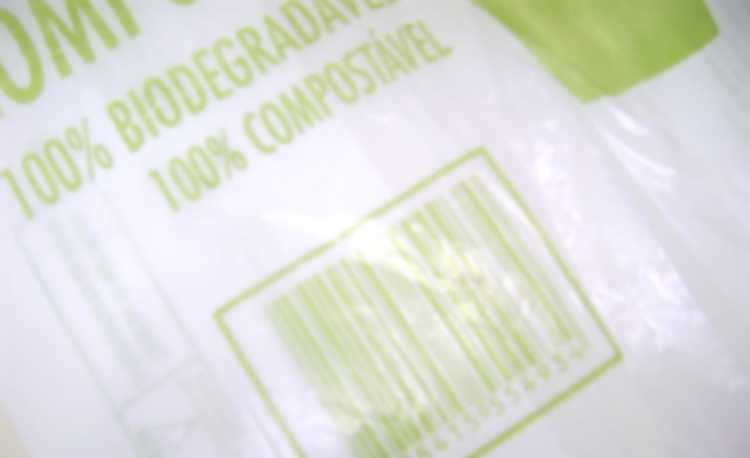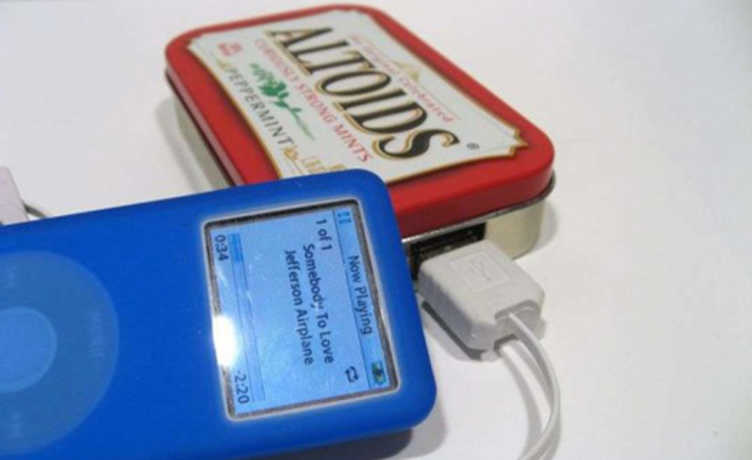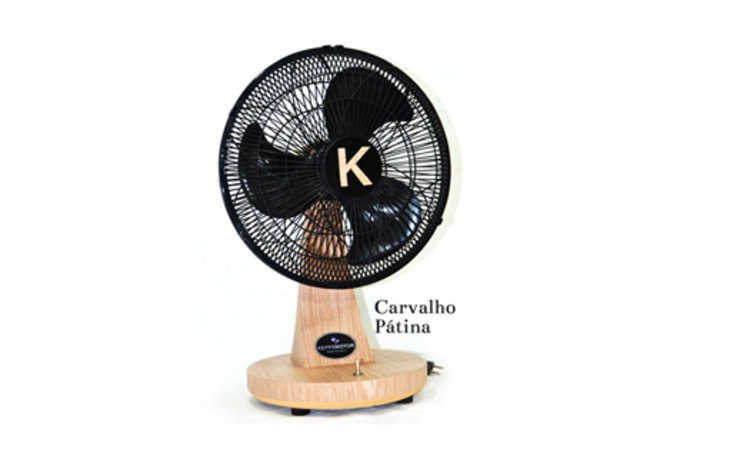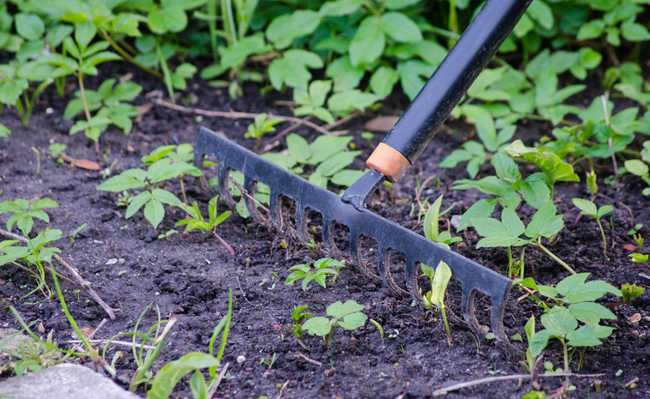PLA: advantages and disadvantages of the compostable plastic bag to pack garbage
Learn more about compostable plastic, one of the packaging possibilities for disposing of your waste

With all the controversy that the campaign “Let's Take the Planet from Sufoco” caused in the State of São Paulo, many people are wondering: is there a good bag? With the exception of recyclable materials (which go to selective collection and can be packaged with the common garbage bag), should the rest of the waste have what packaging to cause less damage to the environment?
There is no ready-made answer to this question. What the eCycle team decided to do is to present the advantages and disadvantages of each type of bag that exists in the current Brazilian market. The first model to be taken into account is the Synthetic Polymer of Renewable Source – Polylactic Acid (PLA), which became famous for being the material used to produce the bags that were sold for R$ 0.19 cents at the beginning of the aforementioned campaign , in the state of Sao Paulo. See more details about the material:
Benefits
Plastic made with PLA has the advantages of being biodegradable, compostable, coming from a renewable source (maize, cassava, sugar beet, etc.) and being able to be recycled, provided that this recycling occurs with pure PLA plastics or in the proportion of up to 1% of PLA, with 99% of conventional resins. Its biodegradability is certified according to American (ASTM D-6400) and European (EN-13432) standards, which attest that the material undergoes degradation in 180 days under composting conditions (with controlled temperature, humidity, light and microorganisms). It is interesting to observe the natural capture of CO2 from the atmosphere throughout the plant's growth process and, above all, the preservation of petroleum derivatives for nobler uses than disposable bags.
Disadvantages
However, biodegradation and composting of the plastic material will ideally occur when these products are destined for composting plants, as they have adequate conditions of temperature, humidity, light and sufficient microorganisms for material degradation to occur (see more here).
Its decomposition in open-air dumps (most common waste destination here in Brazil) is still doubtful because there is no knowledge about the material's efficiency under the conditions offered in dumps and even in sanitary landfills. In addition, the conditions offered by dumps and landfills favor an anaerobic biodegradation, causing the release of methane gas (instead of the CO2 generated during aerobic biodegradation). It is a gas that contributes about 20 times more to the greenhouse effect than CO2 (see more here).
It must be remembered that there are landfills that capture the gases generated during the degradation process and convert them into energy. However, landfills like these are not so common here in Brazil. Another reflection to be made is about the raw material for the production of PLA: corn. Its planting for this purpose can lead to a dilemma regarding the commitment of planting areas that could be used in crops for human consumption. Large-scale production for this purpose would also imply greater planting area, greater consumption of water, fertilizers, pesticides and other inputs.
best use and care
Plastics made with PLA are biodegradable and compostable (under suitable conditions) so, due to what we've seen so far, the best option would be to dispose of them in common garbage. Plastic bags made with this type of material can, therefore, be used in the packaging of waste that will be sent to dumps or landfills, that is, all that waste that we cannot recycle.










